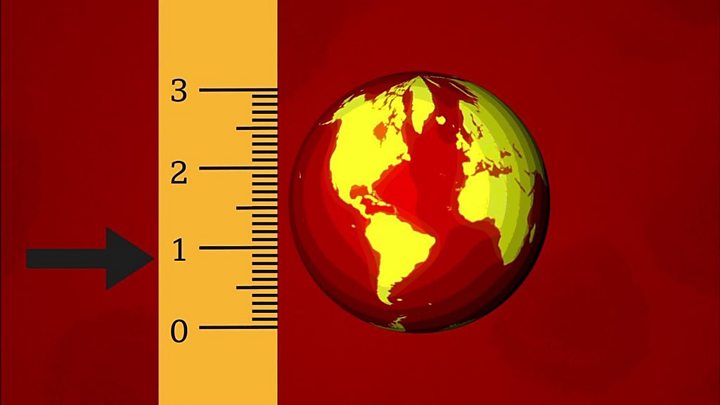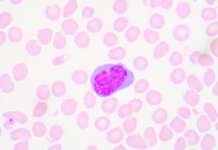
Image copyright
Getty Images
Coronavirus infections are rising in England, Office for National Statistics (ONS) figures suggest.
A sample of households in England, excluding care homes and hospitals, were swabbed to test for current infection.
The ONS says daily cases have risen from an estimated 3,200 to 4,200 since last week.
However there is not enough data to suggest a higher proportion of positive tests in any particular region.
The ONS’s estimates of daily cases are higher than those reported by the Department of Health and Social Care because they include people without symptoms who would not otherwise have applied for a test.
Confirmed cases reported by the government for the same period were between 339 and 721 daily over the same period (20- 26 July).
About 350,000 people were newly tested for coronavirus, not including those who were tested as part of the ONS’s surveillance study.
These are tests involving a nose and throat swab which can diagnose a current active coronavirus infection, but do not show if someone has had the virus in the past.
Despite the ONS figures suggesting a rise in infections, the official estimate of the virus’s reproduction or R number (a measure of whether cases are rising or falling) for England was between 0.8 and 1 as of 31 July.
An R number below one indicates the number of infections is shrinking.
It’s calculated using a range of different measures including hospital admissions and deaths.
Because it takes time for an infection to progress to the point of hospitalisation and, in the worst cases, death, there is a time lag involved.

Media playback is unsupported on your device
It’s possible the latest estimate of R isn’t capturing more recent upticks in infection.
The ONS has consistently tested a sample of the population whether or not they have symptoms, so may be better placed to spot a rise in cases in the population at an earlier stage, before they translate to sickness and hospitalisation.
Find out how the pandemic has affected your area and how it compares with the national average:
Public Health England figures on coronavirus cases were updated on 2 July to include people tested in the wider community, as well as hospitals and healthcare workers, causing the numbers to increase sharply. Figures for the rest of the UK already included people tested in the wider population.
If you can’t see the look-up click here.
Although it is an estimate based on a relatively small number of people, taking that uncertainty into account, the ONS believes there is now enough evidence to suggest a “slight” increase in new infections in England in recent weeks, for the first time since May.
Public Health England, which brings together local and national figures to understand what’s happening with the virus each week, said “overall case numbers and positivity remained stable or increased slightly”, in the week of 22-28 July.
This increase is nowhere near the levels seen earlier in the year, however.
The BBC’s Head of Statistics Robert Cuffe explained, “back in early March, the number of cases we were seeing was doubling every three to four days – very very quickly.
What we’re seeing described in the last few weeks is a rate of cases doubling every month and half, every two months, so they’re rising very slowly.”

















